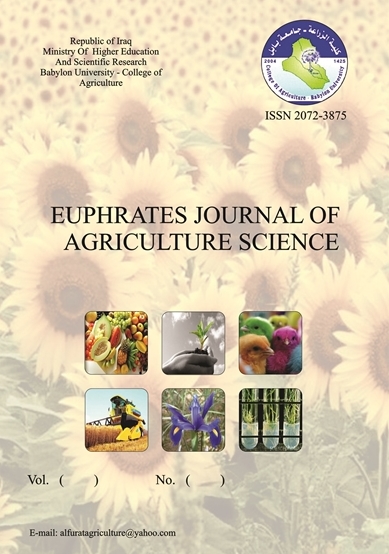Abstract
The research aims to estimate the economic efficiency (EE) and its components—technical efficiency (TE) and allocative efficiency (AE)—of date orchard farmers in Salah al-Din Governorate, Al-Dhuluiyah District, for the agricultural season (2022-2023). Using the Data Envelopment Analysis (DEA) method for each orchard in the sample, the research data was collected through a questionnaire specifically prepared for this study. The random sampling method was employed for field data collection, resulting in a sample of 160 orchards.The analysis results indicated that the average technical efficiency (TE) on the input side, assuming constant returns to scale for the total sample, was 0.82, while the average technical efficiency (TE) on the output side, with variable returns to scale, was 0.80. The average allocative efficiency (AE) on the input side, considering variable returns to scale for the total sample, was 0.85. The average economic efficiency (EE) on the input side, with variable returns to scale for the total sample, amounted to 0.81.The research concluded with several findings, the most significant being that the lower value of economic efficiency (0.81) alongside the higher value of technical efficiency (0.95) for the total sample indicates the potential to achieve better results with the same resources or to attain the same results with fewer resources, provided that expertise is available.
